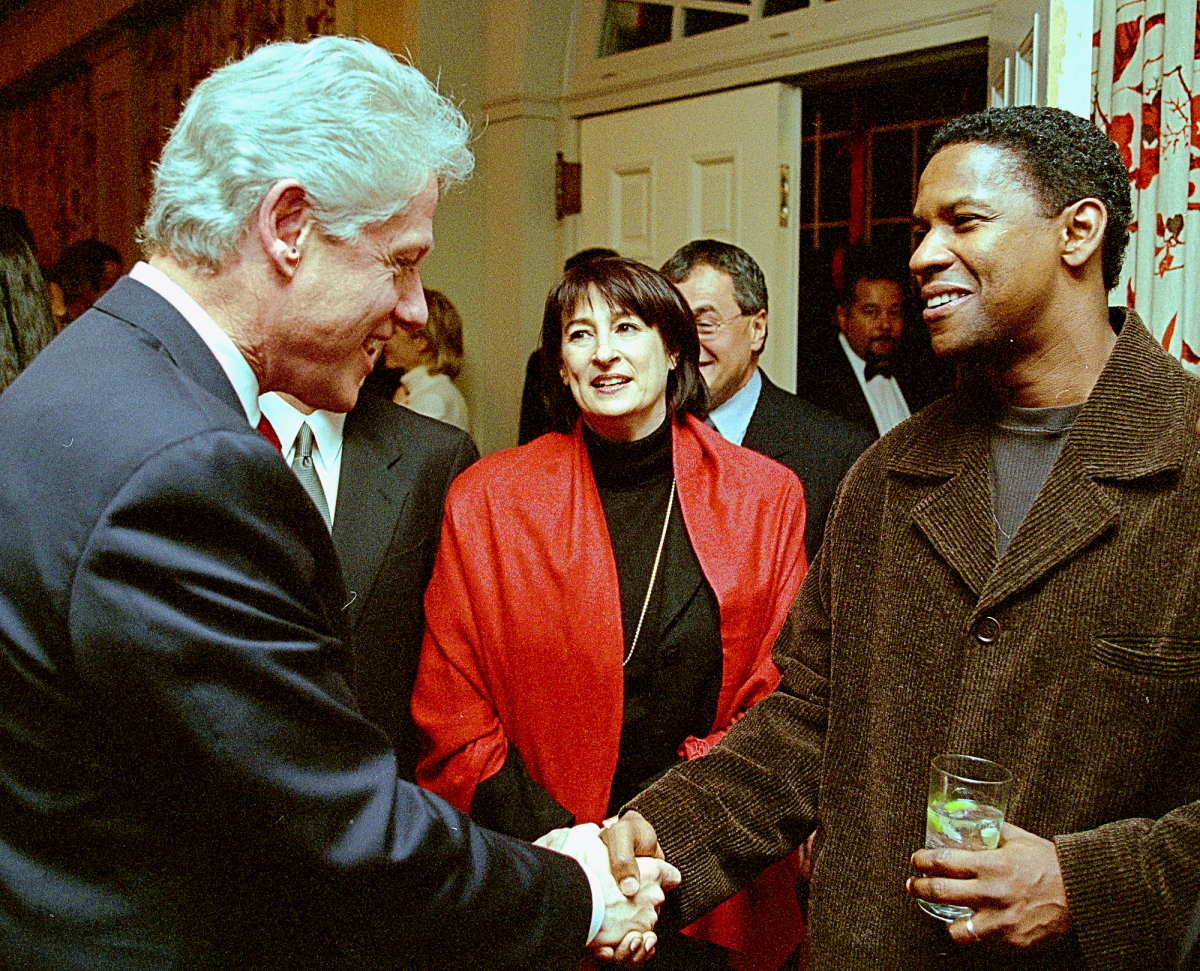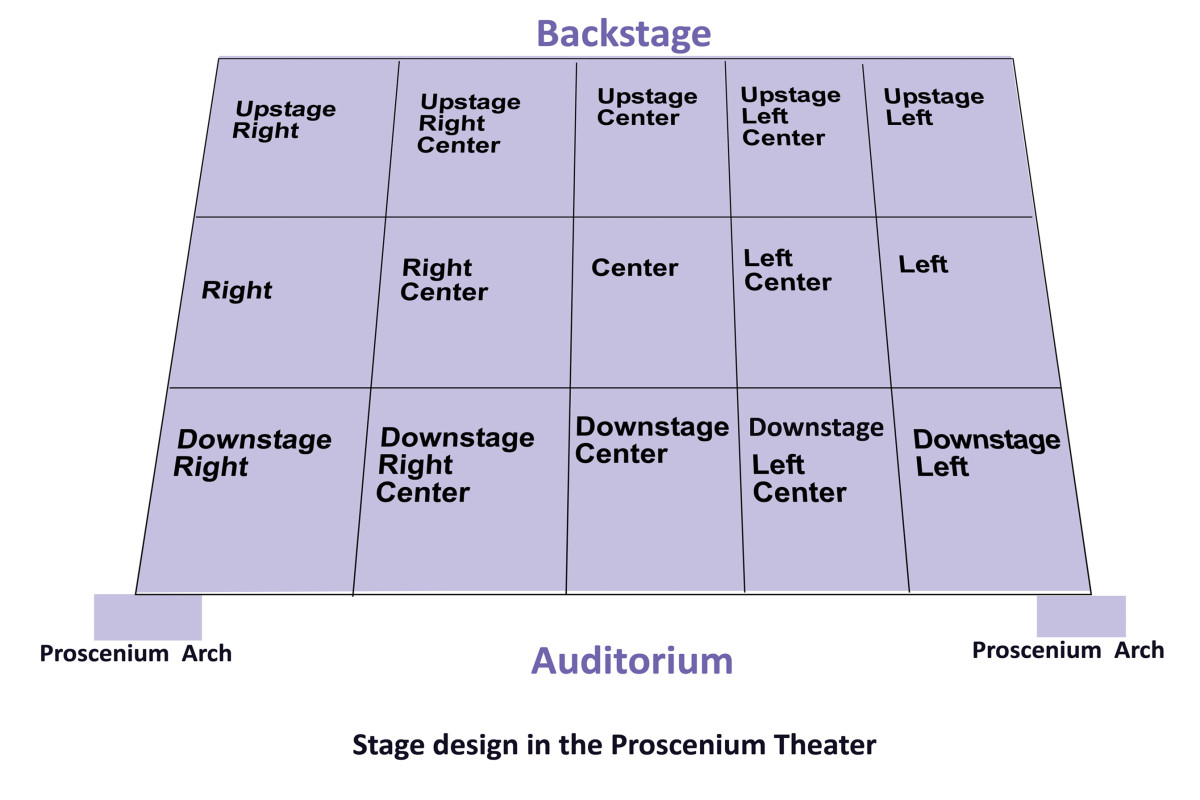Voice Actors and Directors: The Director's Role

The Dance of the Actor and Director
Like a well-danced tango, voice actors and directors give and take; they listen and respond. Their interconnection is formed for the purpose of capturing a perfect moment to be delivered to the world, like a goddess placed upon a pedestal for display.
The Voice Actor
I am a voice actor with a dedicated professional-grade recording studio in my home. I work remotely with a number of clients who have excellent directors.
As a voice actor, I know how to take directions. My name is on everything I do, so I want to deliver the finest execution of every production every time. I listen well and act to the best of my ability according to the instructions I receive from the director.
The Director
The director is responsible for guiding the voice actor toward executing and meeting the final production criteria. With expectations for the final outcome, it is in the director’s best interest to choose their directions wisely.
Instructions: Directors Give, Actors Take
I enjoy my job as a voice actor. Most of the time, the script is well-written and the director is very clear about how they want the script to be read. Sometimes, the director allows me to read the script to get a handle on my own interpretation of the script. This gives the director and me a baseline from where we need to start in order to deliver the end sound for the commercial or novel for which I have been commissioned to produce.
Good Directions
Actors want to do a good job. Most actors can deliver what the director wants, but the director must be good at letting the actor know what they want. Don’t say things as general as, “Just be yourself!” That’s not necessarily going to give you the results you want.
I have listed some things I consider useable tips to help directors excel in their role as director.
- Tip #1: Know what you want.
Take some time to think about what you want from the actor. Figure out what the point of the scene is. Visualize the scene and be clear about what it is you want the scene to look like. If you are directing a voice actor to be the voice over for a video or audiobook, have a sound in mind so that you can direct the voice actor to deliver exactly what you want. Know where you want the voice actor to have inflections, high tones, low tones and a fast or slow tempo.
Know What You Want
Don’t select a 75 year old woman with a British accent to read the part of a young 10 year old North American girl. And, don't ask a person with a high pitched voice to read the script with a raspy voice.
Be especially clear about the sound you want to hear coming out of the voice actor’s mouth. Listen to demos and when you hear the demo that sounds like what you want to hear, select that voice actor for your project. Never ask a voice actor to sound like someone else. You will be disappointed when the actor is unable to deliver exactly the sound you want.
- Tip #2: Use action verbs.
Verbs are words that express an action or state of being. Action verbs state something that the actor does. Walk, run, and go are action verbs. Use action verbs. Tell the actor what you want them to do.
Don’t just say, “Be happy!” While “be” is technically a verb, be is not an action verb. The word “happy” is an adjective. Adjectives are words that describe, for sure. But, adjectives are subjective because, each actor comes to the table with their own past experience. When directors ask an actor to be happy, they are asking the actor to reach down into their emotional base and bring up a feeling of what being happy means to them. The happiness level of one actor may be higher or lower than the happiness level of another actor.
Since voice actors must stand or sit in front of the microphone, they don't actually move. Voice actors must be directed with words that state what you want the actor to convey. Voice actors must be able to show emotion with their voices.
To encourage the actor to display action or emotion, you might want to give the actor some motivation to display activity in a scene. Say something like, “Act like the person you want to marry just proposed to you.” Or, “Act like you just got a job promotion.” And, if you want the actor to read the script happier, perhaps ask the actor to “Act like you just won a million dollars!”
Say what you want the actor to DO. This creates a baseline for the action. Now, if you want the actor to add more inflection or less inflection on certain words, then it becomes easier to move the actor toward giving you the ultimate delivery you expect. - Tip #3: Give Feedback.
Give constructive feedback. Let the actor know how they stand. Don’t just say, “Good job!” Let the actor know what you like and what you don’t like. Let them know why you like something and why you don’t like something. Let them know the moment they are on the right track and the moment when they are moving away from your expected outcome.
Bad Directions
Sometimes, no matter how good a voice actor is and no matter how hard we try, some acting sessions will go awry because of bad, or shall I say, misunderstood directions.
Here is an example of a recent voice acting assignment I received:
Café Royale Commercial Demo
- Voices by Marlene - Home
This is my voice actor website with demos and resources for voice actors.
First, note that the director selected a voice style from one of my online voice demos (Demo #1). Demo #1 has the Café Royale Coffee Commercial. The director presented a script to me and asked me to read the script just like the coffee commercial demo. I did that.
After listening to the delivery of the script, the director began a long series of revisions. One revision after another…
- Revision #1: “Read the script a little more BREATHY, but not too GIRLY.” The question at this point was whether the director wanted me to read the script as if I was out of breath or if I needed to read the script with a lot of air coming out of my mouth. Generally, when I hear the term breathy I am 50% successful when I read the script in a lazy tone (like I just woke up from a 20-minute nap). Keeping my coffee commercial demo in mind, I read the script a little breathy and sultry (like the coffee commercial).
- Revision #2: “Read the script a little more SOFT and SLOWLY, with an ISLAND-LIKE style.” First of all, I needed clarification on what the director meant by island-like. “Mellow and laid back,” was the answer. I did my best to deliver a soft and slow island-like voice.
- Revision #3: I was asked to pick up the pace. The client wanted me to be ”UPBEAT and EVEN” at the same time. Let me just say that upbeat and even seem like contradictory instructions. One seems to preclude the other, so by now I was confused and asked for help on how to interpret the instructions. The director sent a link to a national television commercial of a well-known household product. In the commercial, the voice over was speaking in a slow and mellow tone. But, in this set of revisions the director also asked me to be “MORE SPEEDY” (which was not like the example in the commercial). The director said, “Just relax and read the script in a calm voice, like you’re happy… like you’re having fun… like you know something no one else knows.” OK! I did my best.
- Revision #4: By now, the director and I are both distressed and it looks like this project is never going to get done. “Can you just read the script FAST, but SLOW and MELLOW?”
What? What?
That’s what I was thinking. Of course, I would never treat the client like they don’t know what they are doing, but really? Fast, slow, and mellow all at the same time? Doesn’t fast preclude slow? Maybe I could read it fast and mellow. At this point, I figured the director didn’t have a true handle on what he wanted. The directions were contradictory. Did the director want me to read the script fast but with long pauses? I didn’t have the slightest clue on what to deliver, so this time, I just read the scrip like a normal (relaxed) person would read if they were reading fast. So, in this last revision, I delivered the director his fast and mellow, but I had to throw his direction to read slowly out the window. Would anyone agree that you can’t read fast and slow at the same time? It just wasn’t going to happen. Bad directions.
Welcome to My Voice Acting World
For a glimpse into the world of voice acting and working with directors, watch this video. This is a typical picture of what it is like to be a voice actor working with a director who knows how to deliver good, effective, and constructive directions to achieve the desired outcome.
The Reality
Of course, in the above (Bad Directions) example, the last version of my reading was rejected. There is a lot of rejection in the voice acting business. I always try my best, but sometimes my best isn’t good enough. I always do give assignments my best effort. Nevertheless, failure results no matter how hard I try. The client may say it is my fault. The client may say that I did not know how to follow directions. But, I say, the director did not know what he wanted or he did not know how to give sound directions. Whatever the reason, the assignment was a failure.
Well, the good thing about the voice acting business is that the voice actor is paid for his or her time and effort, even if the production is rejected. This makes it beneficial to have a director who gives good directions.
I was paid for my last assignment, and if this was my first assignment I might have felt defeated. But, I am fortunate that I have clients who use my voice exclusively for their productions. “I love your voice!” I hear that compliment quite often. It rejuvenates my soul and keeps me going strong in the midst of directors who fall short of their talent. I am fortunate that most of my clients hire excellent directors. It makes my job easier, allowing me to produce the results they desire with each production.
There are bad directors and good directors. There are bad voice actors and good voice actors. You may fail and you may succeed. In either event, just remember, it is not always you who failed to succeed. Do your best at all times and hopefully you will be recognized as a skilled professional in the acting industry.
Another Helpful Hub About Directing Actors
- How to Direct Actors
The Jet, another HubPages author, offers some additional tips to help directors understand actors a little more. Understanding the relationship between the director and actor helps to make communication better.
Sharing the journey: On the road to becoming a successful professional voice artist.
© 2015 Marlene Bertrand








